 Elections in 19th-century America used to be food and booze-fueled celebrations. Candidates provided food and drink to voters as they gathered to cast their ballots. With this gesture of hospitality designed to influence and persuade, election day had a holiday atmosphere. In our proscribed times, all we get is an “I voted today” sticker and maybe a brownie from the bake-sale table.
Elections in 19th-century America used to be food and booze-fueled celebrations. Candidates provided food and drink to voters as they gathered to cast their ballots. With this gesture of hospitality designed to influence and persuade, election day had a holiday atmosphere. In our proscribed times, all we get is an “I voted today” sticker and maybe a brownie from the bake-sale table.
Back then, there were no TV ads, no junk mailings and no mass media ( lucky them). Instead voters met the candidates on election day, heard their spiel and enjoyed their largess. It was a style of electioneering that was effective for the rural, agrarian lifestyle of the time.
Hartford Election Cake, an election-day tradition common in our fair state, became an enduring part of the political process. A yeast-raised fruit cake spiked with some liquor, it was a popular treat among voters and family members alike.
Amelia Simmons published the first recipe for Election Cake in her 1796 cookbook American Cookery. Meant to feed a crowd, it called for 30 quarts of flour, 10 pounds of butter, 14 pounds of sugar, 12 pounds of raisins, a dozen eggs, and lots of wine, brandy, spices, and fruit.There’s a record of Ezekiel Williams submitting a bill to the Connecticut General Assembly in 1771 for the cost of making a cake for the election celebrations that year.
Fruit-laden election cakes predate the invention of baking powder. Instead, they are leavened with a slow rise of yeast. In this sense, they are really a cross between sweet bread and fruit cake, not the tender layer cakes that we know today.
For the last few election cycles, I’ve baked an election cake following the recipe from AFamilyFeast.com. Jack and Martha Pesa, hosts of the site, found the recipe in an old family recipe box. It seems authentic and works well.
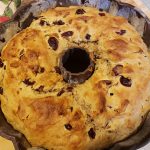 Mixing, proofing, shaping and baking takes half a day, allowing time to contemplate election issues, candidates and voting choices. Last election, during the pandemic, I was able to share the cake with Governor Ned Lamont and candidates Lucy Dathan and Fred Wilms on our front porch. This year, we gathered with a group of friends and shared the gently warmed cake for dessert and chatted about the importance of the in-state offices that will be filled in this election. A dab of rum sauce would not have gone amiss.
Mixing, proofing, shaping and baking takes half a day, allowing time to contemplate election issues, candidates and voting choices. Last election, during the pandemic, I was able to share the cake with Governor Ned Lamont and candidates Lucy Dathan and Fred Wilms on our front porch. This year, we gathered with a group of friends and shared the gently warmed cake for dessert and chatted about the importance of the in-state offices that will be filled in this election. A dab of rum sauce would not have gone amiss.
The next morning we enjoyed the bready cake toasted with butter as the recipe suggested.
The cake, seasoned with allspice, cinnamon and coriander, is studded with rum-soaked dried fruit and chopped walnuts. As it proofs and bakes, its spicy, yeasty aroma fills the house. The experience of measuring, mixing, and baking this recipe transports me to 1845.
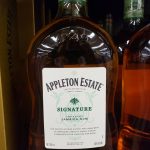 In that year, congress mandated elections to be held on the first Tuesday after the first Monday of November. Previously each state had set its own election calendar. Tuesday was a day when many farmers were in town for the Wednesday market, allowing for the best turnout. November fell at a slack time between the end of harvest and the start of winter. The complicated date scheme avoided voting on November 1 – All Saints Day, a church holiday for many.
In that year, congress mandated elections to be held on the first Tuesday after the first Monday of November. Previously each state had set its own election calendar. Tuesday was a day when many farmers were in town for the Wednesday market, allowing for the best turnout. November fell at a slack time between the end of harvest and the start of winter. The complicated date scheme avoided voting on November 1 – All Saints Day, a church holiday for many.
Rum, used to flavor the cake, is a natural partner to enjoy with a slice. It could be in a traditional rum hard sauce or as an adult drink to wash it down. A honey-lemon hot toddy would be delicious or a glass of amber Caribbean rum like Mount Gay XO ($58), Plantation Pineapple ($31) or Appleton Estate Signature ($22) neat or over ice.
 On the national maps, Connecticut is solid blue, but lawn signs around the state show that in local politics we’re much more diverse. I’m for reviving the voting-holiday tradition of eating Election Cake – bringing a sense of celebration and unity back into our civic privilege and duty.
On the national maps, Connecticut is solid blue, but lawn signs around the state show that in local politics we’re much more diverse. I’m for reviving the voting-holiday tradition of eating Election Cake – bringing a sense of celebration and unity back into our civic privilege and duty.
Frank Whitman can be reached at NotBreadAloneFW@gmail.com.



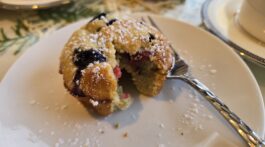




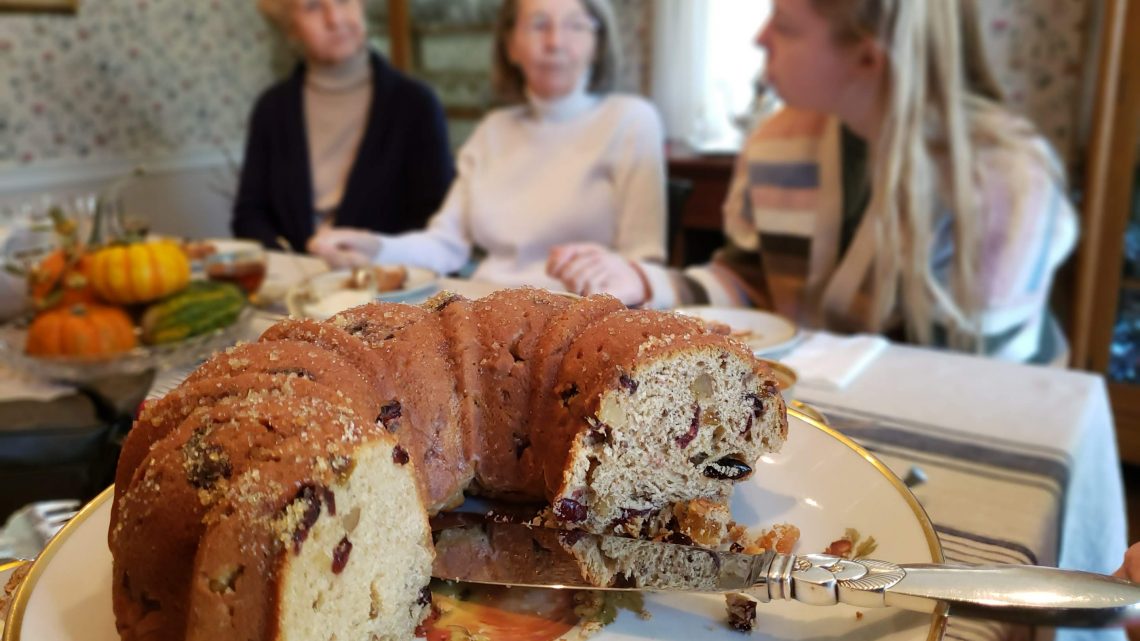
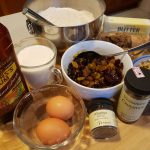


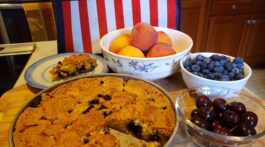
No Comment